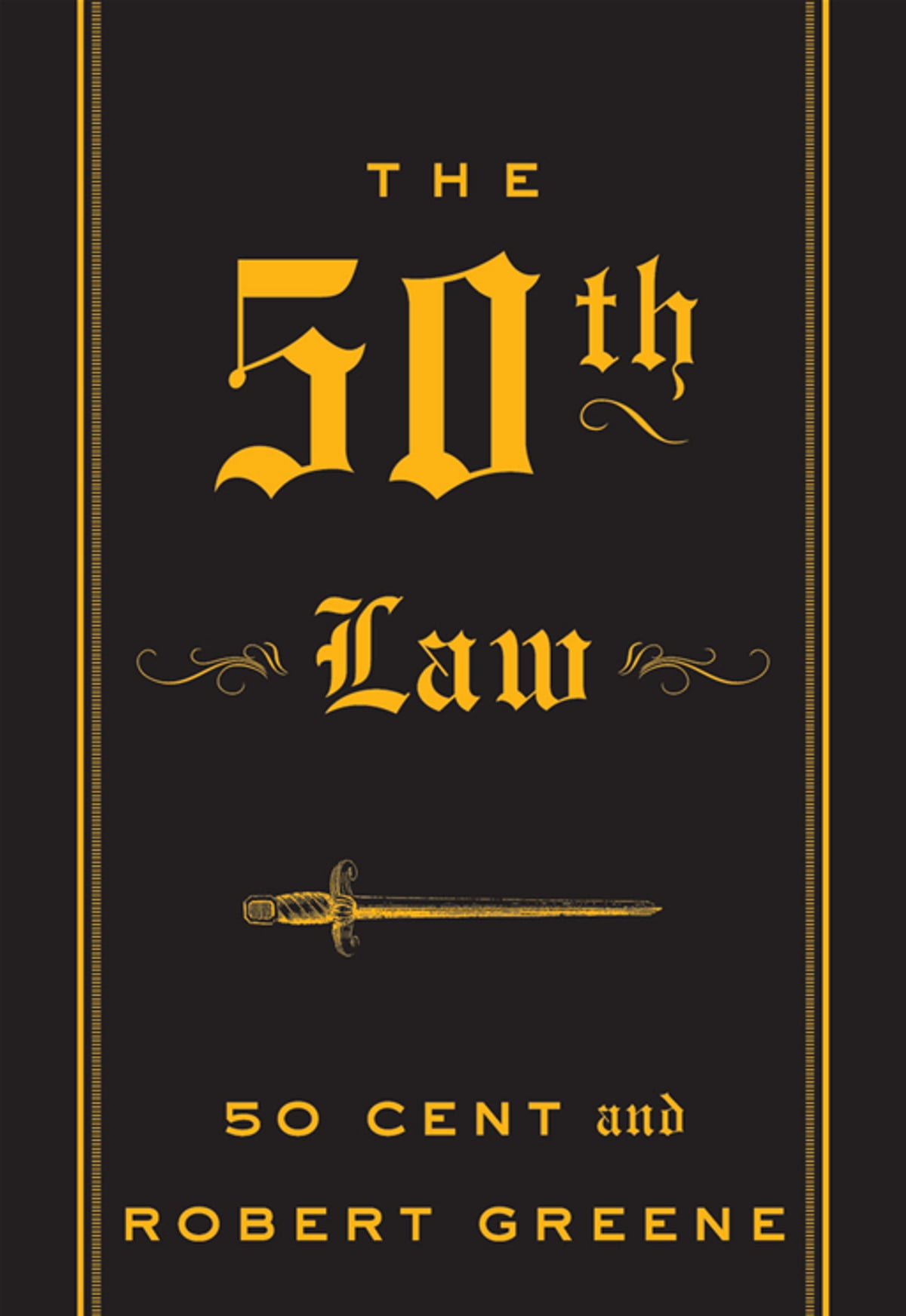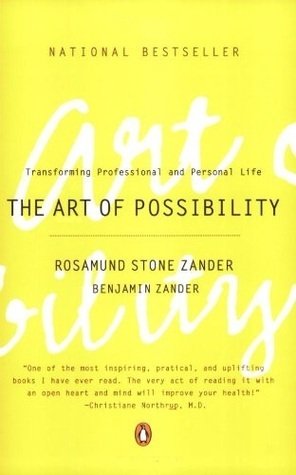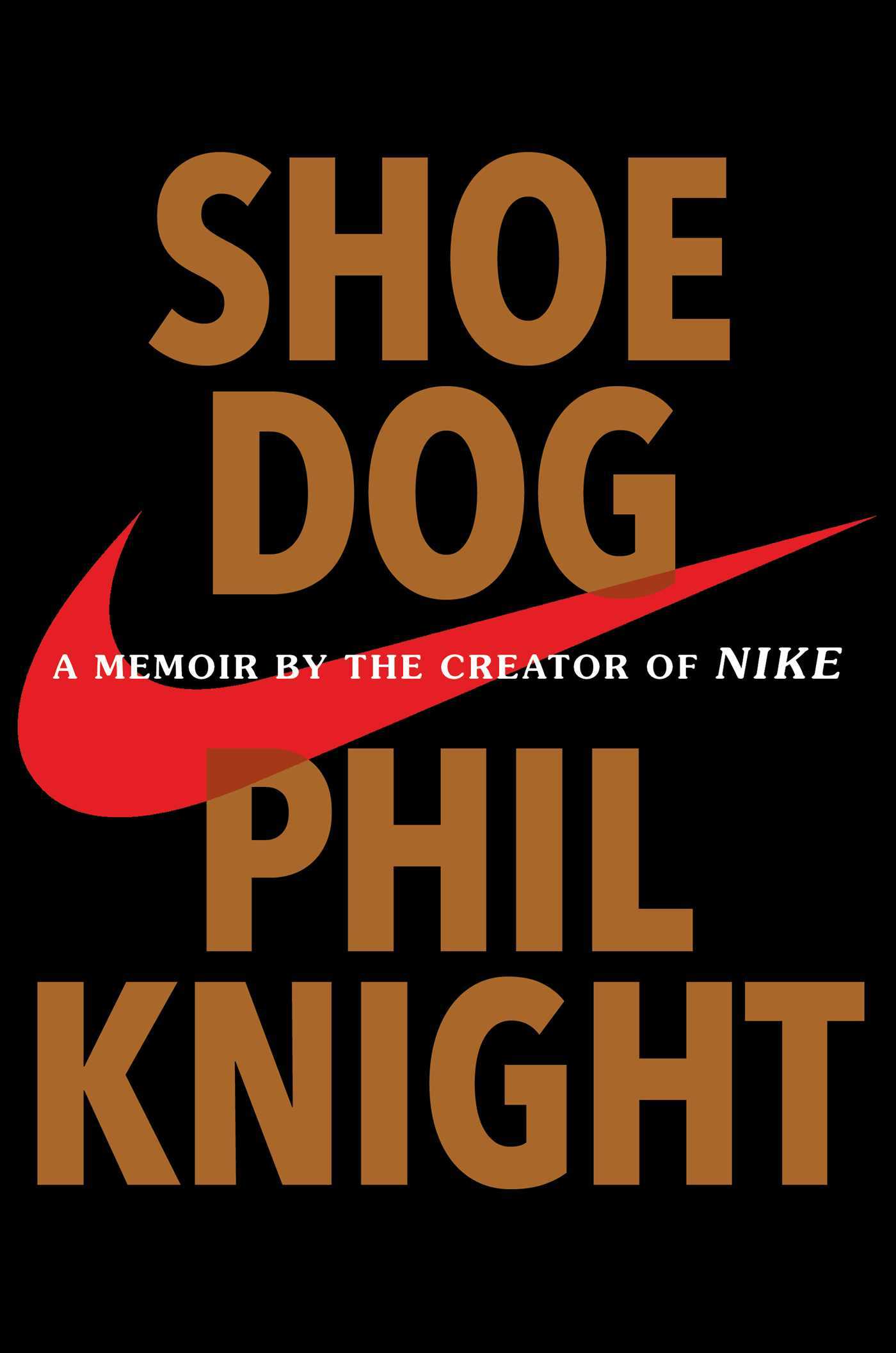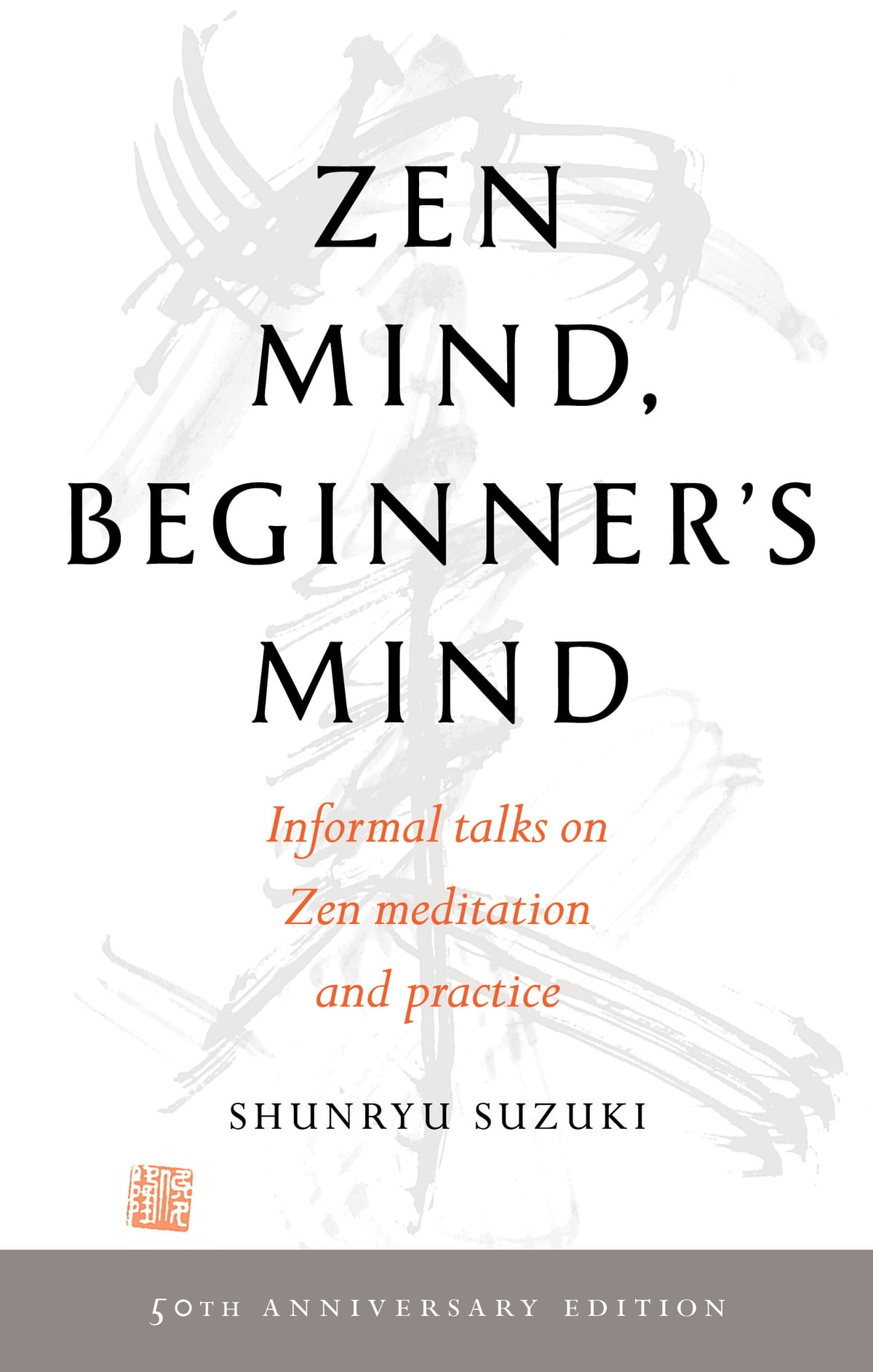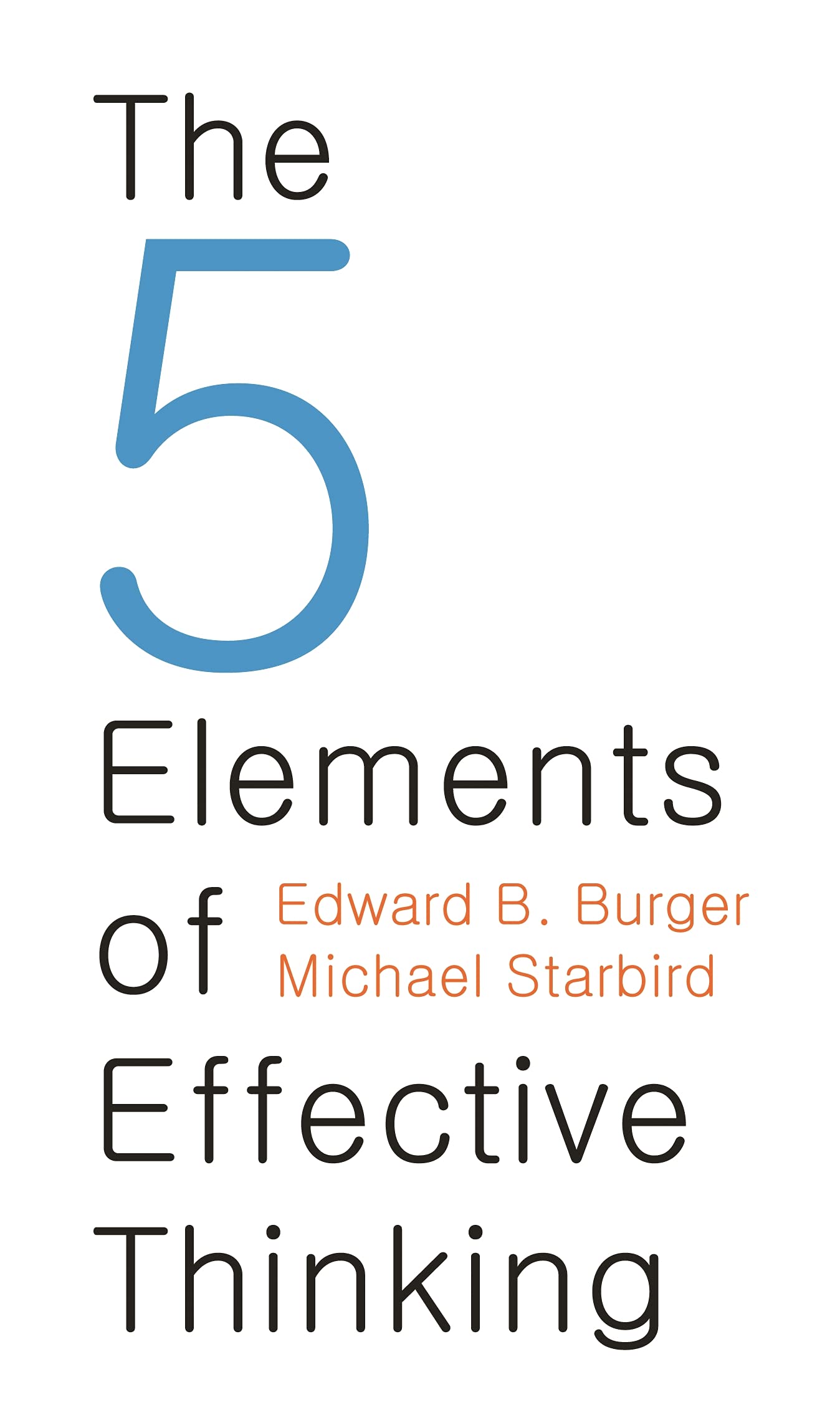The 4-Hour Chef
by Tim Ferriss
- Personal Development
- Ashto =
- Jonesy =
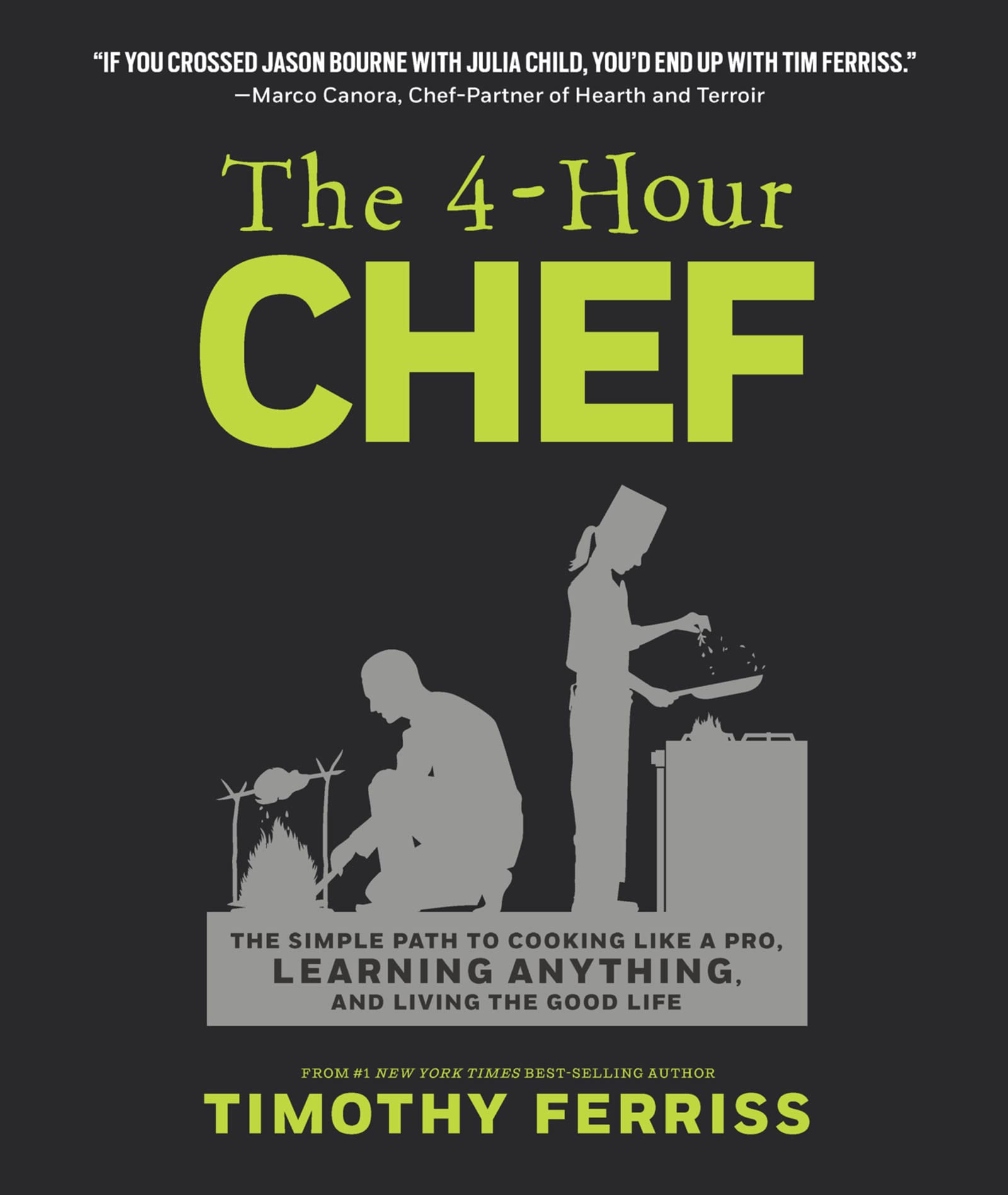
What You Will Learn from The 4-Hour Chef
This week, Jonesy and Ashto venture into Tim Ferriss’ world of rapid learning through the bestselling The 4-Hour Chef. In this book, Ferriss uses cooking methods to explain a process that we can follow to master anything–whether it’s searing a steak in the kitchen or shooting the perfect basketball shot. With tips and tricks from chess prodigies, world-renowned chefs, pro athletes, and more successful figures, The 4-Hour Chef is a helpful guide to mastering life.
The challenge with learning how to cook
Tim Ferriss was no stranger to learning new skills. He won a gold medal at the 1999 Chinese National Kickboxing world championship and also got a Guinness World Record in tango dancing. However, he found the world of cooking so mysterious and overly complicated. Cooking practice can be expensive and impractical. You could practice your tennis serve a thousand times in an afternoon, or you could shoot a thousand free thors of basketball before work, but you’re not going to cook a thousand omelettes just for the benefit of practice.
Tim Ferriss’ solutions to tackling the challenges of learning new skills
It doesn’t matter why people pick up cookbooks, what matters to Tim is why they put them down. His hypothesis in writing this book was that if he could address the primary tripping points that are often ignored, he should be able to increase the number of people that pick up his book to eventually become competent cooks. Based on a survey of more than 100,000 subjects, Ferris found a few patterns that would lead to failure points when it comes to cooking. The common issues include too many ingredients, too many tools and equipment, and different methods and techniques are required for different dishes. Tim kept these obstacles in mind when he was writing The 4-Hour Chef. This book aims to systematically overcome all of the mentioned failure points, step-by-step. Tim’s maxim for cooking is picking the right recipes well instead of following the recipes well to guarantee a good meal.
The 4-Hour Chef: Choosing the right method
It’s important to pick the right coach and the right method if you want to learn things quickly and effectively. In addition, you also need to pick a method that is effective and sustainable. Ferriss has developed his own method of learning new things, which he applied to getting Guinness World Records, winning world championships, starting businesses, and learning how to cook. This method is referred to as DiSSS (Deconstruction, Selection, Sequencing, Stakes) and CaFE (Compression, Frequence, and Encoding).
Deconstruction
Imagine someone trying to teach you soccer through books. How would that work? First, you’re likely to quit before you ever touch a ball. Secondly, when you get onto the field, you’ll have to start from scratch in turning the paper knowledge into practical knowledge. We want to find little things that give us a little helping hand that will allow us to kick the ball as early as possible. Some initial reading and research or watching videos can be good to help get you started but you want to actually start doing the activity you need to do.
Most importantly, we need to figure out how to break down an amorphous skill into smaller, manageable pieces. For instance, if the skill you want to learn is golfing, then there are heaps of micro-skills we can break down: driving off the tee, hitting irons from the fairway, hitting out of the rough, hitting out of the sand, approaching the green, chipping, or putting. Then, there’s also the mental practice of developing this routine.
Selection
Now that we’ve deconstructed our big skill into all smaller components, it’s time to choose the most important parts to focus on. It’s not about doing as much as possible, it’s about doing as little as necessary. The selection process boils down to two principles:
1. The Pareto Principle, or the 80/20 principle, which believes that 80% of the outputs come from 20% of the inputs:
- 80% of the profits come from 20% of the products
- 80% of the revenue comes from 20% of the stores
- 80% of the peas come from 20% of the plants
- 80% of the wealth is held by 20% of the population
As for cooking, we want to find the 20% of skills to focus on that will enable us to cook 80% of the potential dishes we’d like to cook.
2. Minimum Effective Dose (MED), which optimises the lowest volume and frequency, along with the fewest changes, to achieve our desired result.
- The MED for fat loss = consume 30 grams of protein within 30 minutes of waking up
- MED for weight loss plateaus = 5 mins of kettlebell swings, 3 times a week
- MED for gaining 10-30 pounds of lean tissue (muscle) in one month = 90-120 seconds of tension (eg: slow cadence lifts – 5sec up, 5sec down)
- MED for mastering conversational fluency in almost any language = 1,200 words
In the same way that a small handful of words can unlock learning a language, a few cooking methods can unlock almost all ingredients and cuisines. For cooking, the three most commonly used methods are grilling, sauteeing, and braising. Beyond this, Tim puts even more effort into making the process as simple and easy as possible. Whenever he reads a recipe, he tries to work out if he can achieve the same result with half of the ingredients or half of the steps. By selecting the right methods, the right ingredients, and the right time-saving and complexity-reducing techniques, you’ll be a master chef in no time.
Sequencing
We’ve deconstructed the big skill down into smaller building blocks, and we’ve selected the most important and highest leverage ones to start with. Now we need to select the right sequence, the right order to stack these building blocks in.
Josh Waitzkin, a famous chess player (and Ferriss’s mate) was taught chess in the opposite way to how most people are taught. Traditionally, they have to learn all of the pieces at once and learn what moves each piece can and can’t make. However, Josh’s teacher started with a king and a pawn. This way, Josh only had two pieces to worry about, and he gradually built out the complexity of the game from there. Much like how Josh’s teacher taught him how to play chess by building out the steps in the right sequence, we can learn to cook more easily, quickly, and effectively if we sequence our building blocks in the right order.
Stakes
How do we set up stakes to create real consequences that guarantee our commitment to the program? We might set out with the right intentions and the goal of learning a new skill; but as soon as you hit a hurdle or your progress plateaus, it’s easy to throw in the towel and give up altogether. In this scenario, having real-world consequences may keep you on the right path and prevent you from falling out of your commitments.




